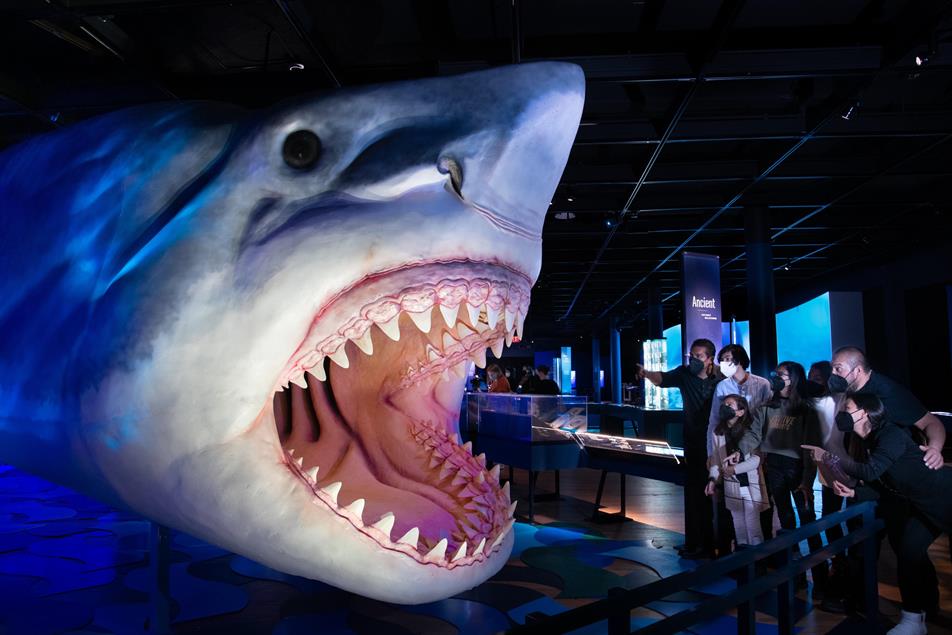Immersive exhibition designed to inspire shark preservation
"Fun, well thought through, designed and executed exhibit. It feels like it encourages the visitor to explore and learn, by means of the layouts and lighting applied to the exhibits," Koldo Gil, Judge
